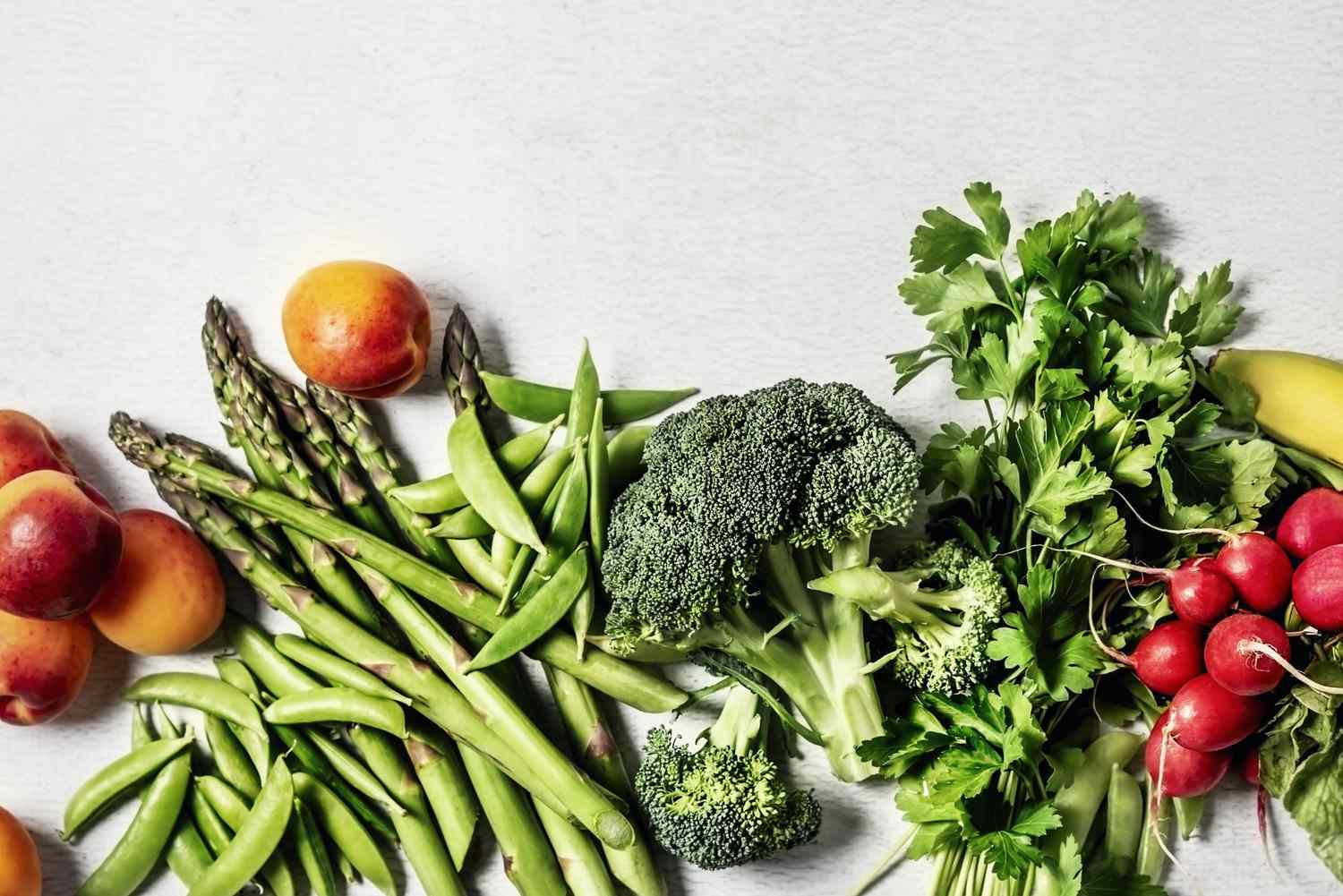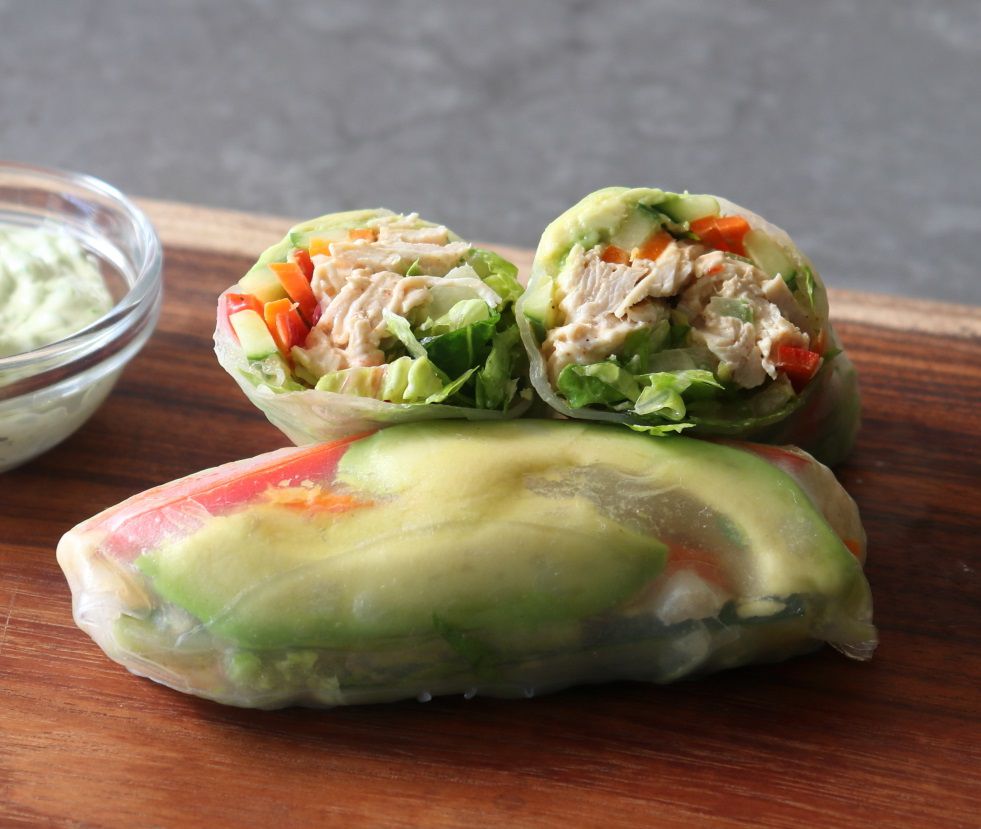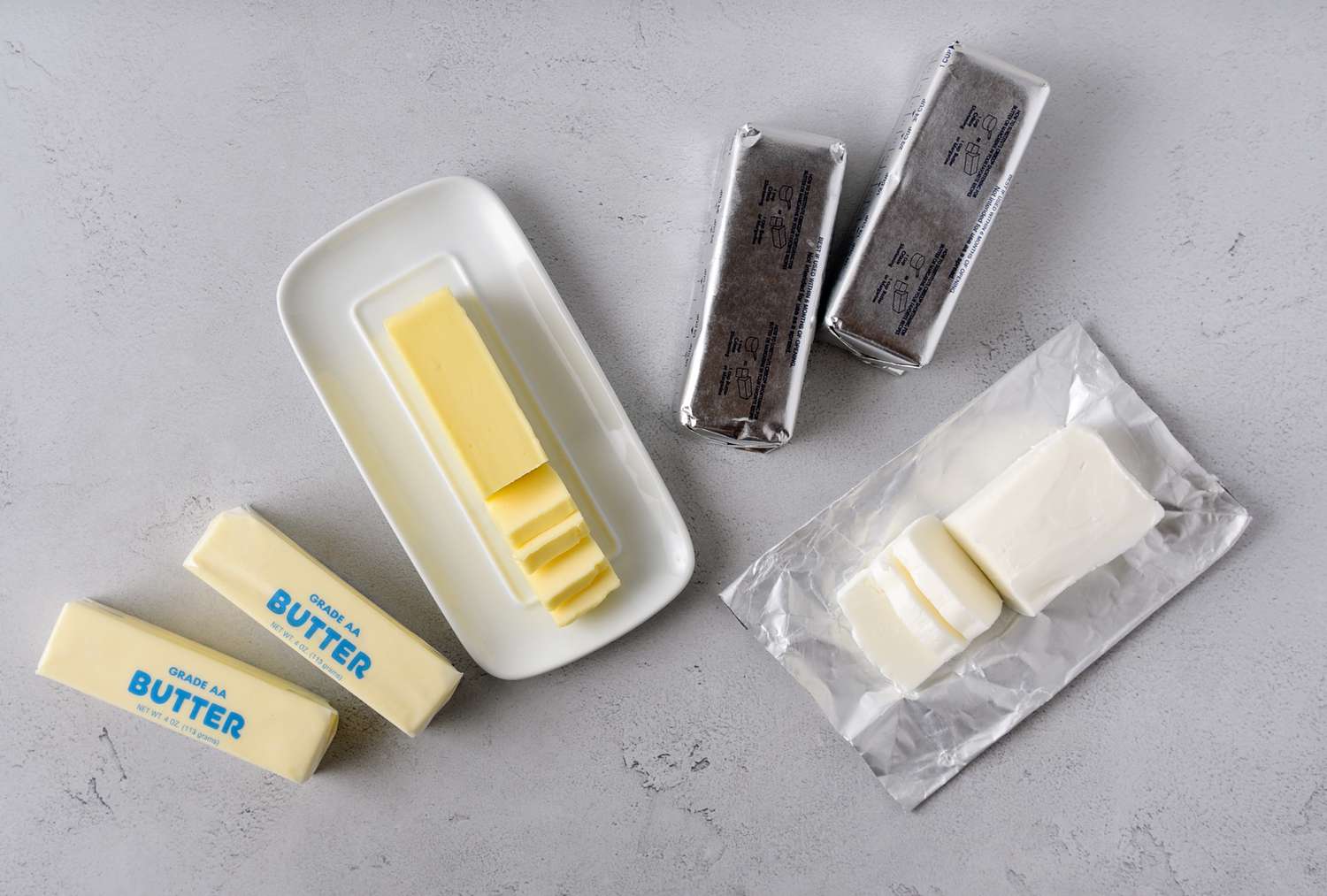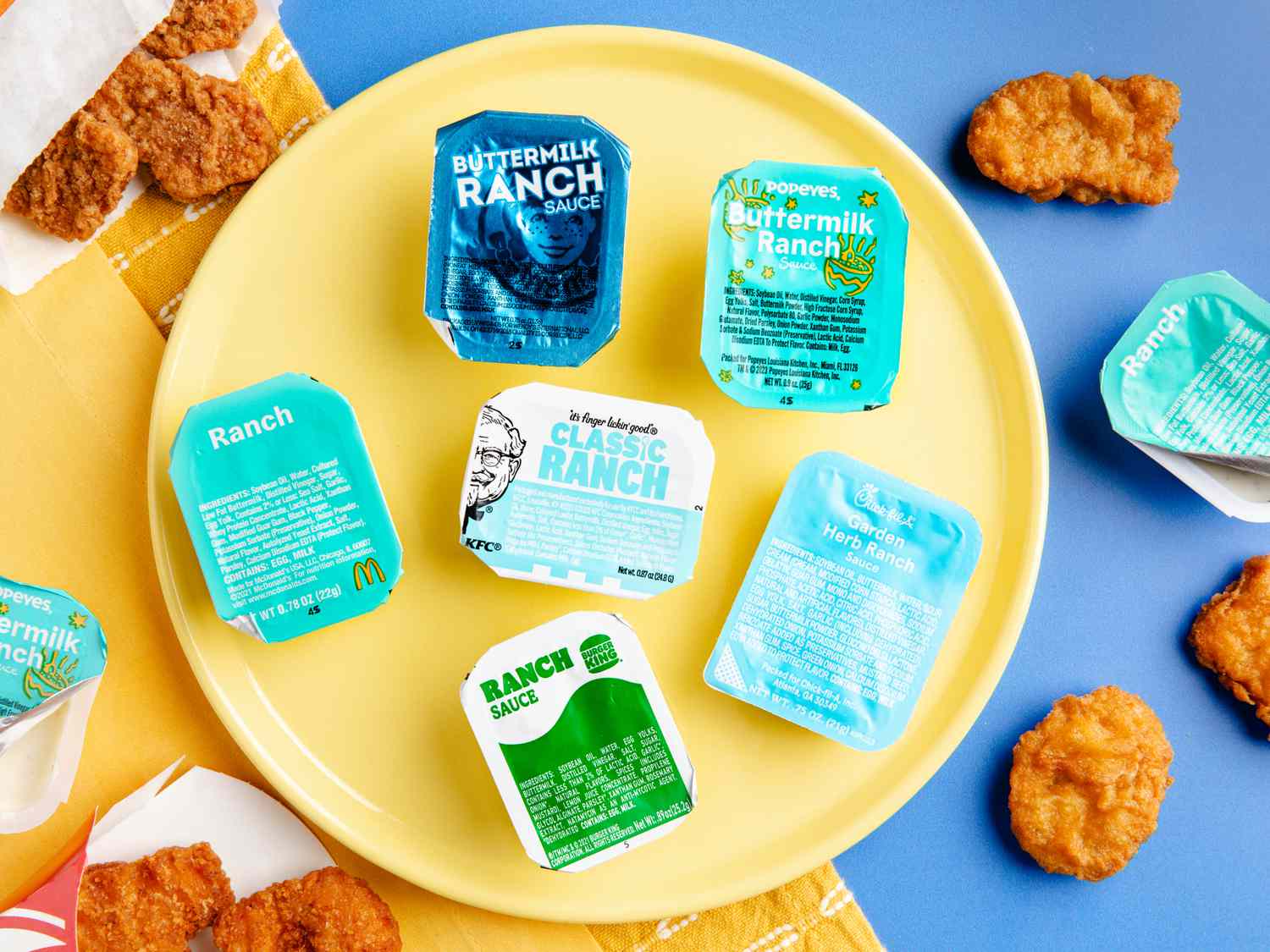Cholesterol is a waxy, fatty substance that is created naturally in the body and moves through the bloodstream. Cholesterol is fundamental for our bodies’ proper function; it helps generate new cells and produce hormones. In fact, the majority of cholesterol is produced by the liver, and only a small part of cholesterol comes from the foods we eat.
Buy when most people hear the word cholesterol, they automatically associate the word with heart disease and heart attacks. Both can occur when there is too much cholesterol in the bloodstream.
“Some body functions need cholesterol to work properly, but too much cholesterol in the bloodstream can damage arteries and build up blood vessel linings, which can lead to heart attack and stroke,” says Danielle Gaffen, RDN, registered dietitian nutritionist and nutritionist consultant.
And not all cholesterol is the same: There is low-density lipoprotein (LDL), often known as the “bad” type of cholesterol and high-density lipoprotein (HDL), referred to as “good” cholesterol.
What foods you consume or don’t can influence your cholesterol levels.
“For anyone battling high cholesterol, making changes to your diet is the first line of defense,” says Lisa Moskovitz, RD, CDN and CEO of NY Nutrition Group. Some foods that are high in trans or saturated fats can increase cholesterol levels while other fiber-rich or plant-based foods can help lower cholesterol. “Although diet is not always the primary culprit, it can either help or hurt your cholesterol-lowering efforts,” says Moskovitz.
The saying goes, “You are what you eat,” and making dietary changes is usually a good place to start.
“Diet is highly effective at removing excess cholesterol from the bloodstream,” says Michelle Routhenstein, MS, RD, CDE, CDN, Cardiology Dietitian and owner of Entirelynourished. “I find in my private practice, many of my clients come to me saying they have cut out red meat, fast food, and processed foods, but their cholesterol is still high, and it is because they never added in the therapeutic foods they need to remove the cholesterol effectively from their blood vessels.”
Here, dietitians reveal the foods that can help lower cholesterol. Add more to your plate regularly, and watch the numbers fall.
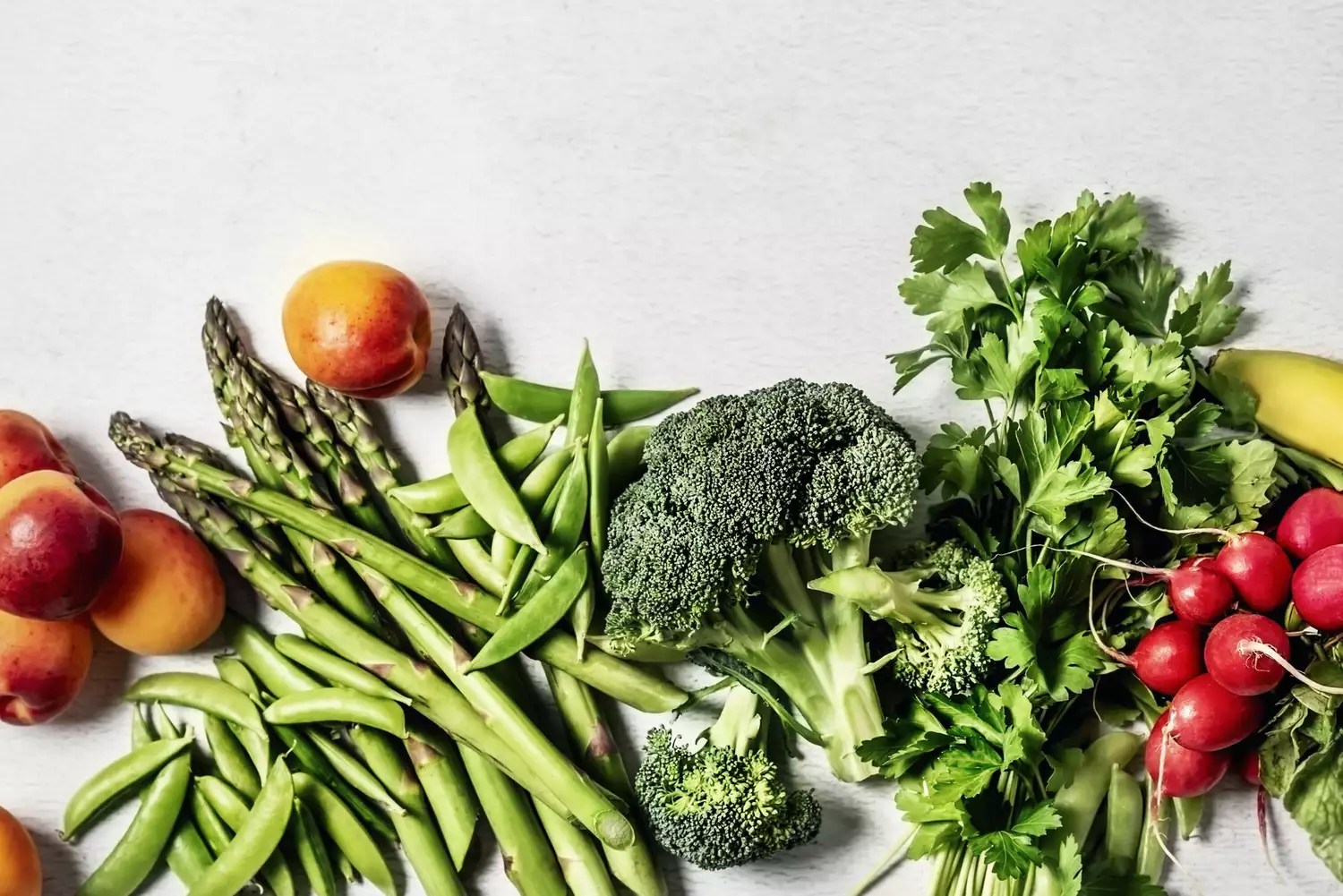
High-fiber Foods
Consuming foods that are high in fiber, such as fruits and vegetables, legumes, whole grains, and oats, can help lower cholesterol.
“Fiber directly competes with cholesterol by binding to cholesterol particles in the body and moving them along your digestive tract for elimination or excretion,” says Moskovitz. There are distinct kinds of dietary fiber — soluble and insoluble fiber are both beneficial and important for the body.
“In the stomach, soluble fiber absorbs water and swells to form a thick, jelly-like mass,” says Gaffen. “This helps lower LDL, or ‘unhealthy’ cholesterol.”
But before you start adding lots of fiber to your diet quickly, it’s better to take a gradual approach to incorporate fiber-rich foods into your meals.
“Increasing intake too quickly can lead to digestive distress, including bloating, gas, and constipation,” explains Gaffen. She adds that it’s important to drink more fluids to prevent constipation.
So how much dietary soluble fiber should you eat each day? “Aim to eat at least five to 10 grams of soluble fiber every day,” says Gaffen.
Fruits and vegetables
Nutritionists will always encourage increasing your consumption of produce because they are rich in dietary fiber, nutrients, minerals, and vitamins.
“The best types of foods to keep your heart healthy include high-fiber fruits, such as blueberries, raspberries, apples, pears, and oranges, and veggies, such as artichokes, broccoli, and cauliflower,” says Moskovitz.
“I love artichokes because they are high in inulin, another type of fiber that helps to significantly decrease cholesterol levels,” explains Routhenstein. “I love blackberries because they contain insoluble fiber that assists with the cholesterol elimination process.”
Legumes
Beans and lentils are types of legumes, which are rich in soluble fiber and also have natural compounds, known as plant sterols and stanols.
“To the body, sterols and stanols look like cholesterol and prevent the cholesterol you eat in food from being absorbed in the blood.” Gaffen says.
Moskovitz adds, “These are naturally found in plant foods such as beans, lentils, brown rice, quinoa, oat bran, almonds, walnuts, and pumpkin seeds.”
Whole grains
Whole grains are important for a varied diet, and they contain dietary fiber. Barley, brown rice, bulgur, oats, quinoa, and whole wheat are some examples of whole grains.
“Soluble fiber, which binds to cholesterol and its precursors in the digestive tract and excretes them out of the body before they have a chance to be absorbed,” explains Grace Clark-Hibbs, MDA, RDN, registered dietitian and owner of Nutrition with Grace.
Routhenstein adds, “I recommend barley because it is high in beta-glucan, a soluble fiber, that helps to trap the cholesterol and remove it from the body when you have a bowel movement.”
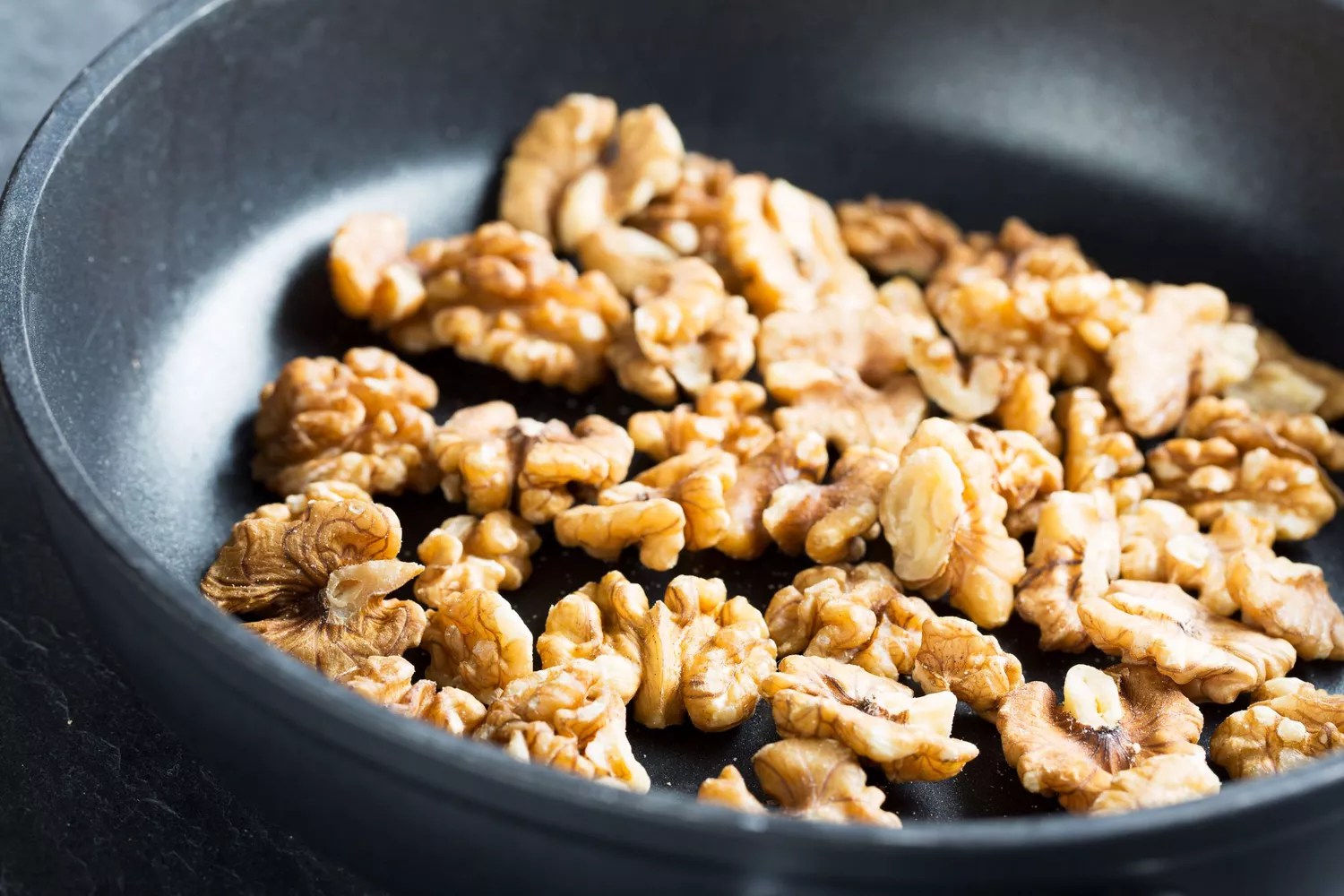
Healthy Fats
You may assume adding more fats to a diet with too much fat is a bad idea, but it really comes down to the type of fat — because good fats make up a healthy diet.
“Healthy fats, such as monounsaturated and polyunsaturated fats, when used in place of saturated fats, help to lower low-density lipoprotein cholesterol and reduce your risk for heart disease,” says Ashley Larsen, RDN, a California-based registered dietitian and nutrition consultant.
Nuts
Nuts are a good source of protein, fiber, and healthy fats and are also known to help reduce LDL cholesterol.
“Walnuts are the only nut that provides a significant amount of omega-3 fatty acid, alpha-linolenic acid (ALA), an essential fatty acid, which plays a significant role in reducing cholesterol,” Larsen says. “Aim to have one serving of nuts or seeds each day, about a quarter cup or the amount that will fit in the palm of your hand.”
Seeds
Seeds, such as chia, flaxseed, pumpkin, or sunflower are packed with protein, fiber and minerals. Some contain omega-3s, which are good for the heart.
“Ground flaxseeds are one of the richest plant sources of omega-3 fatty acids, which helps lower total cholesterol and LDL cholesterol levels,” Clark-Hibbs says. “It does this by stimulating the reverse cholesterol transport mechanism, which transports extra cholesterol to the liver where it can be redistributed or excreted.”
And Add Some Exercise
Diet plays an important role when it comes to lowering cholesterol but exercising is also beneficial for creating bigger lifestyle changes.
“Although it’s possible to get good cholesterol-lowering effects through diet alone, the best results will come from incorporating exercise as well,” Clark-Hibbs says. “Thirty minutes of activity five days per week has been shown to be enough exercise to experience these benefits.”
Moskovitz adds, “It’s also important to consider genetics play a part, too, when it comes to high levels of cholesterol.”

